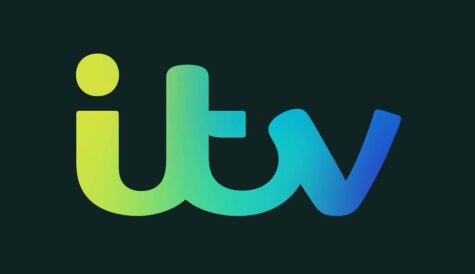Q&A: Mikael Dahlgren, Agama Technologies
Agama Technologies CEO Mikael Dahlgren talks about the challenges faced by OTT TV service provider in matching the quality of broadcast services.
 What are the main challenges that OTT TV service providers face in providing services that can match broadcast for the quality of experience they provide?
What are the main challenges that OTT TV service providers face in providing services that can match broadcast for the quality of experience they provide?
The fundamental OTT technology as such is really not a problem. Although the increased complexity with active clients and dynamic codec rates can make understanding the quality of experience more complicated, this is manageable.
From an operational viewpoint, the biggest challenge for OTT providers is their lack of control over the entire delivery chain. Third party ISPs and CDN providers, as well as a wide variety of unmanaged devices, make it very hard to manage the overall quality of experience.
What do service providers need to put in place to ensure that quality requirements are met?
As for any requirement, the first order of business to ensure quality is to understand how well you are performing. It is crucial that you collect the right data in the right places to get a clear picture of your entire service output.
Many monitoring solutions for OTT often focus on client-side monitoring. This is an important part of the process, but the service creation must also be monitored if you are to get a comprehensive understanding of the consumers’ quality of experience.
Another sometimes overlooked area is active testing. This is required to proactively assess the availability and the quality of your OTT service.
Finally, to turn the wealth of monitoring data pouring in from across your OTT solution into useful insights, you need a powerful analytics solution to help you understand service performance, both from a consumer and from a technical and operational view point.
How big a challenge is presented to quality of experience by several suppliers being involved in building an OTT TV service?
This can be a major headache. Working with third-party service providers is always a challenge, particularly when it comes to service level agreements and metrics for quality of service. Many SLAs are vague and focus on specific QoS metrics, rather than on the end customers’ service experience. Producing objective and accepted metrics on how third-party providers contribute to QoE of the service can be very testing. This is complicated further where, for the internet access part of the equation, you may not have a contractual relationship with the customer’s ISP and you could even be competing with them.
Does it make sense for service providers to adopt a single end-to-end technology solution or to use a mix of different technologies, and why?
As the value of a service assurance solution is really in the overview you get and the conclusions you can draw, and not in the monitoring data itself, you must make sure that you can really consolidate information from across your delivery chain. One way of achieving this is, of course, to go with a single vendor, such as Agama, capable of providing an end-to-end solution. If you do integrate a solution from multiple vendors you need to make sure that you not only collect data from the different parts, but that you understand how to put it all together. This can be harder than it first seems if the semantics of different data sources are different.
What are the key differences between cloud-delivered TV and traditional broadcast TV? Can cloud TV match broadcast for quality and what advantage, if any, does cloud TV bring that broadcast TV can’t equal?
The key difference between cloud-delivered TV and broadcast TV is that when it comes to cloud-delivered TV, each experience is unique, the entire solution is adaptive and organised around consumer ‘pull’, rather than on broadcaster ‘push’. This adds a level of complexity to the cloud experience, making it a bit harder to understand and manage quality, but it also adds flexibility.
If you expand your notion of quality of experience from a narrow technical scope to also include availability, maybe at a lower quality level, then clearly OTT adds reach to the experience in a way that broadcast can not. The global reach of the internet also enables more niche content to reach its audience in a viable way. This is clearly a quality of OTT services that broadcasters will find difficult to match.



